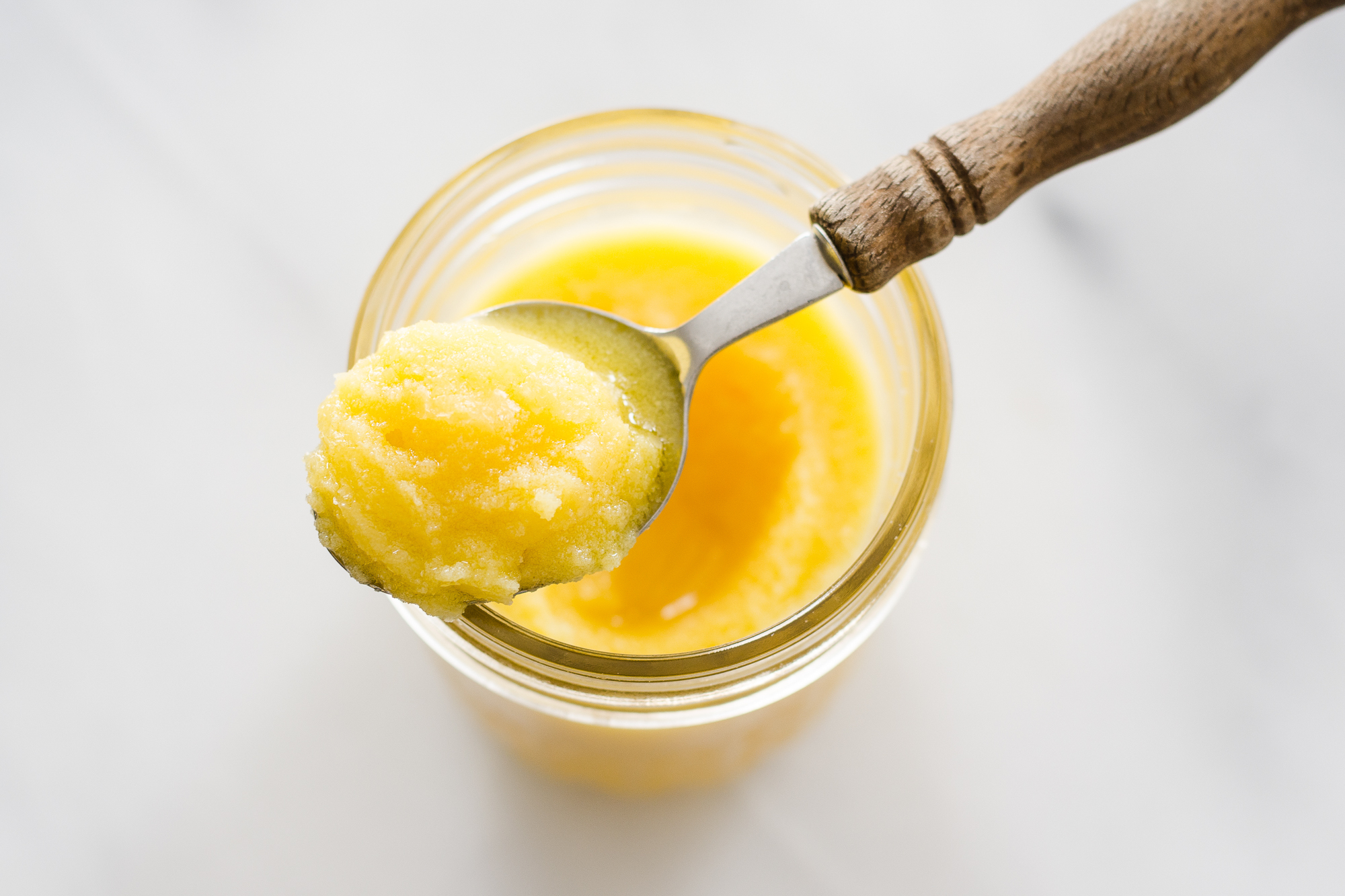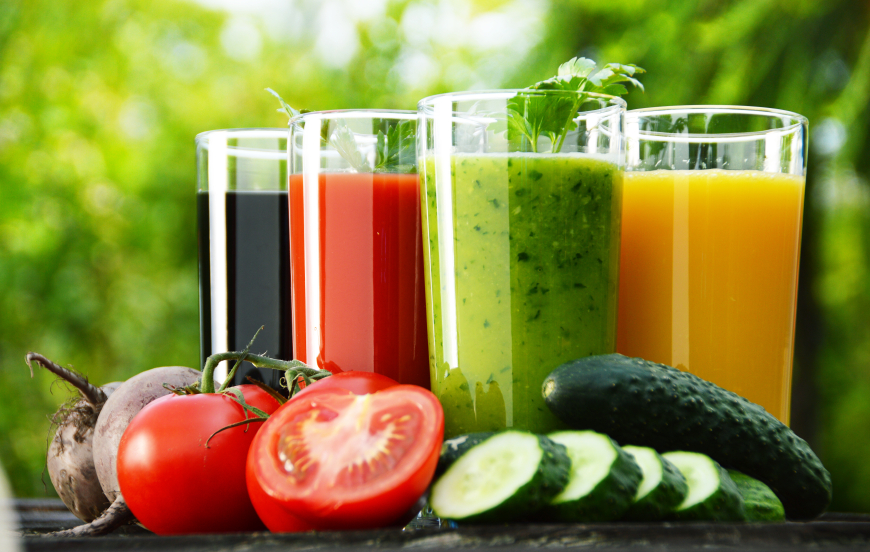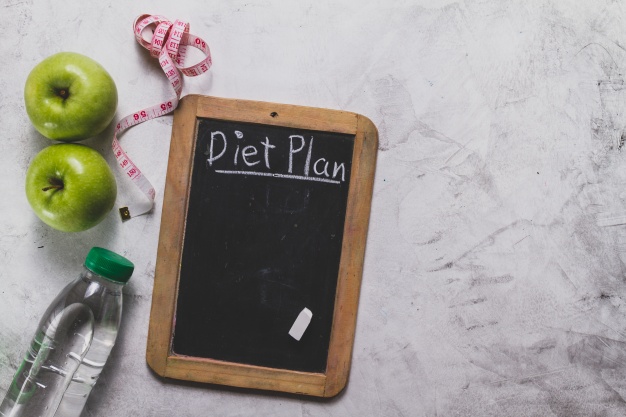Dear Pooja,
Ghee has been used in India since ancient times, when things like hardening of arteries, stroke and heart disease was much less than it is today. Is it safer to use homemade ghee rather than packaged oils
As types of fat, both oils and ghee are calorie-dense: fat has 9 calories per gram. In ancient India along with the use of ghee do remember that a lot many things were rather different than they are today – modernisation, less physical activity, more pollution, more stress, foods with lesser nutritive value, more exposure to alcohol and other injurious habits like smoking, more processed food, lack of adequate sleep, less home food, big time restaurant culture – all of these go hand in hand to be reasons for elevated coronary artery disease in today’s age. Therefore, definitely it wasn’t just the ghee that helped our ancestors’ lead far better quality of life. Having said that I would still like to highlight the fact that in moderation (1-2tsp/day inclusive in your total fat intake) ghee though is a source of saturated fats does have them in from a group that is relatively less vindictive for our heart health. A tablespoon of ghee contains 7.9grams of saturated fat of which 89 percent are short-chain fatty acids. Now these short-chain are easier to breakdown and help to strength cell membranes and produce hormones unlike the long-chain fatty acids which are associated with blood clotting and thrombosis. They key to gaining up upper edge with the use of ghee is firstly to distinguish between pure ghee and vegetable ghee (also know commonly as dalda, vanaspati or vegetable ghee). The latter are definitely a cheaper kin but is loaded with trans-fats that are extremely harmful to your heart. And mostly importantly to consume it in moderation – just because its healthy you don’t have to over-indulge in it by smearing it in everything you eat – remember it may be a healthier choice its not healthy.
Pooja Makhija, 37, nutritionist, columnist
Mother of Ahaana, 10 and Amaira, 7 The toughest thing about being a mother: Constantly trying to be a better one. When you’re a working mother, you feel guilty. So you try harder and pack more in, and that’s something I always find challenging.Also, battling with guilt is a tough task. At work, you are worrying about your kids and when you are with your kids, you’re stressed about work. But, in the end, guilt makes you work harder and magically makes things work.
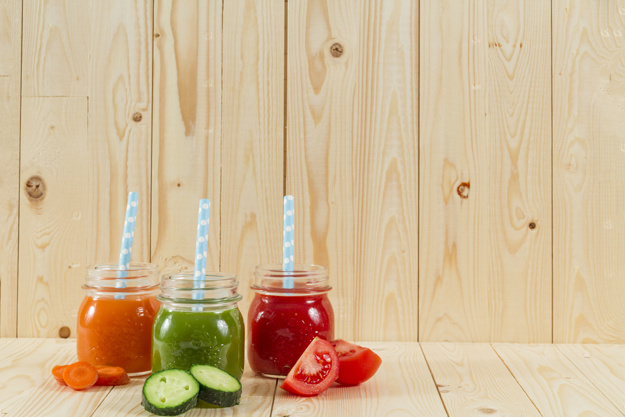
Mantra to staying fit post childbirth: Eating right and exercising. There’s no magic wand or simple formula.
My fitness regimen: Right now, I am focusing on strengthening and toning my muscles. Post-pregnancy, you are left with a lot of loose muscles. I do core strengthening, ab exercises, mix of pilates with exercise-ball, plank and resistance-band workouts three times a week.
Five must-have foods post childbirth: Have good protein like egg whites. Wheatgrass juice is a must. Carbs are not your enemy; if you avoid them to l o s e weight, you won’t have the energy to take care of your baby. Fats are not your enemy either.Have healthy fats like Omega-3 fatty acids found in flaxseeds, almonds and fish.Take supple Take supplements if you don’t eat these on a daily basis.Stock up on fresh fruits and vegetables because they are loaded with disease-fighting and anti-aging antioxidants.
Foods to avoid: Foods high in sugar and fat. Whatever unhealthy stuff you eat is passed on to the baby because breastmilk is the only source of nutrition for them.
Foods to retain good skin and hair: Vegetable juice works wonders. Toss three different raw veggies in a blender (not juicer), season and drink. Avoid excess sugar, it’s an aging food. Eat egg whites for good hair.
Dealing with hormonal changes: Razor-sharp focus keeps my mind stay strong. Raising my kids well is my final goal and I try not to get distracted.
Inculcating good eating habits in children: Instead of force feeding them, try to use informative tools.
Deliver logic with love in a language that they under stand. For exam ple, I often tell my daughters what to eat if they want their hair to grow as long as Rapunzel’s.
They relate to what I say.
My comfort food: A big slice of chilled, baked Philadelphia Blueberry cheesecake.
It’s my ultimate indulgence.
My favourite work out music: Any hot Bollywood track; I am too filmi.
My fitness icon: My husband, Ravi. He’s a fitness freak. Earlier, I’d only focus on eating right but post-pregnancy, I’ve incorporated his way as well, which is more exercise-friendly.
Celebrity nutritionist and founder of www.nourishgenie.com, nudges weight loss in the right direction.
Food is meant to be a good, beautiful, nourishing thing. It gives us strength to do things we love. So why is it that when it comes to losing weight, food becomes bad, like the enemy? Like it’s wrong somehow or that dieters don’t ‘deserve’ to eat? I see so many cases where instead of using nurturing foods, people punish the body with little, tasteless or no food at all in a bid to undo years of unhealthy eating in a matter of weeks or months.
But it cannot be done.
You cannot undo habits overnight that have lead you to gain weight over years. Starvation/fad diets or what I like to call weight loss by punishment, is usually not sustainable and restrictive diets are oftentimes the quickest to see their results negated as the body limps back to pre-diet weight. All that hullabaloo for nothing.
Or is it nothing? Starvation tricks the body into thinking that it is not getting any food. Your body begins to desperately hang on to the first meal you eat, and stores it as fat. Starvation – or low-calorie/fad diets – also make your body lose muscle, and the only thing that muscle loss is accompanied by is fat storage. In other words, even if you starve yourself, the only thing you eventually gain from the attempt is weight. So all that hullabaloo is not for nothing, it’s for something.
No matter how shiny the package or tempting the ad, there is no reason to subscribe to diet food or foods because all foods are essentially diet food, barring a few like red meat. The fat content of food greatly depends on how it is made. If eaten in moderation and cooked with little oil, potatoes are brilliantly healthy. French fries, not so much. As long as you control for sugar and oil, there are very few foods that are off the table.
Second, fat is good. In fact, it’s very good. In fact, it’s so good for you that it is one of the five nutrients – the other four being protein, carbs, vitamins and minerals – your body needs for its daily survival. Fats compose of about 10% of your total calorie intake. Daily. And while a low-fat diet plan is good for you, no-fat diet plans are bad. Fats are needed for the brain, for the body’s daily functioning, for the skin, among other vital functions. A good low-fat diet plan consists of healthy fats like nuts, seeds, healthy oils like olive oil. If you’re confused about where to get good fat-moderated diets, you could ask a nutritionist, or go online (where there are scores of free diets available) or even find one on customized online diet portals like www.nourishgenie.com.
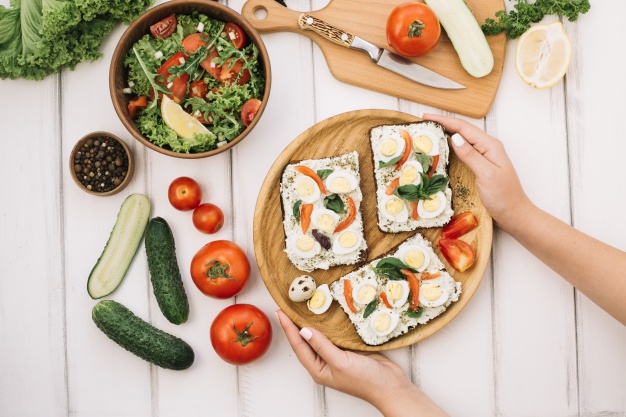
The point, of course, of any good diet plan is that it should make you feel good, both physiologically and psychologically, and leave you energized and happy.
A good diet plan enables you to healthily indulge in all kinds of foods like rice, mangoes, pasta, noodles, popcorn and more, and won’t make you wistfully stare at your family as they eat ‘normal’ food, because you should always eat together. Eating meals together with friends and family not only gets you closer to them, it takes you closer to your better self too. And that’s really the whole point, isn’t it?

